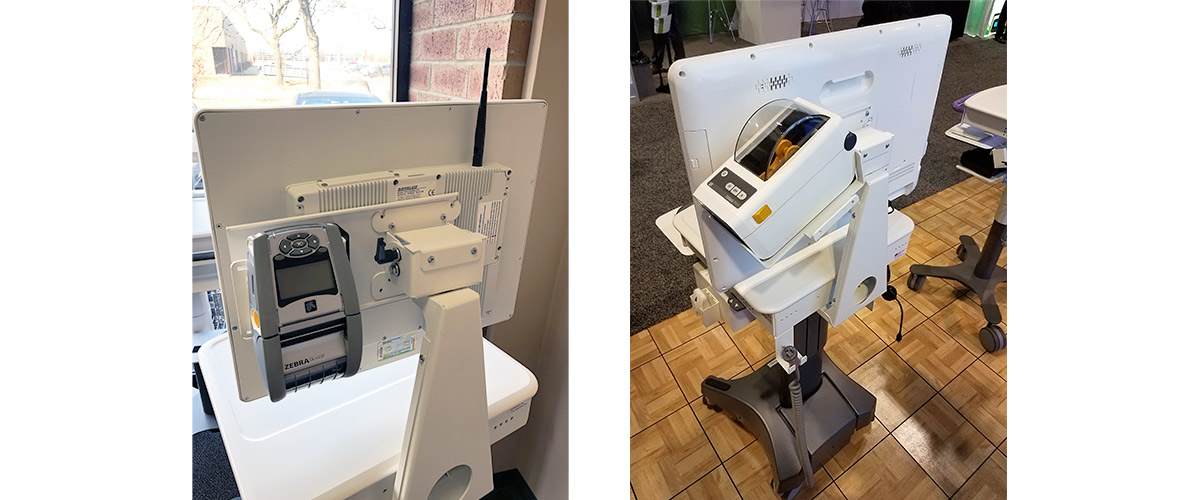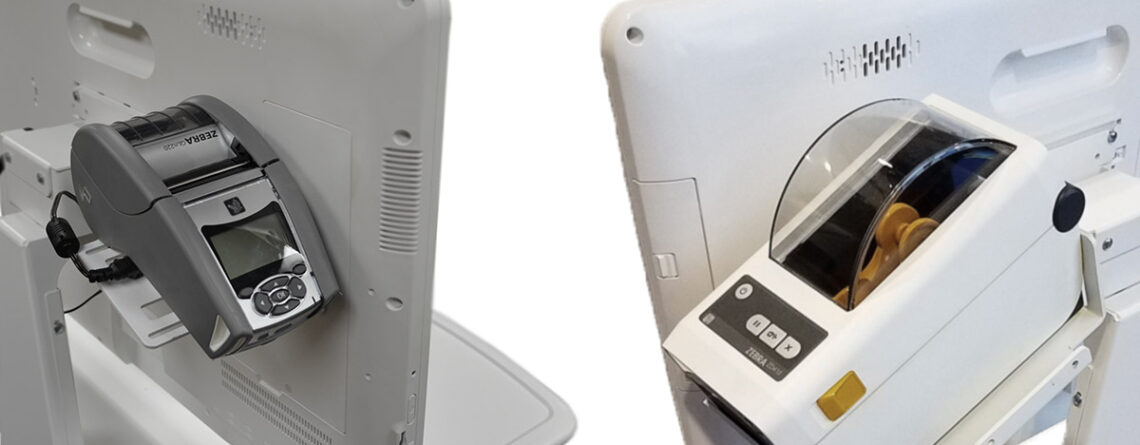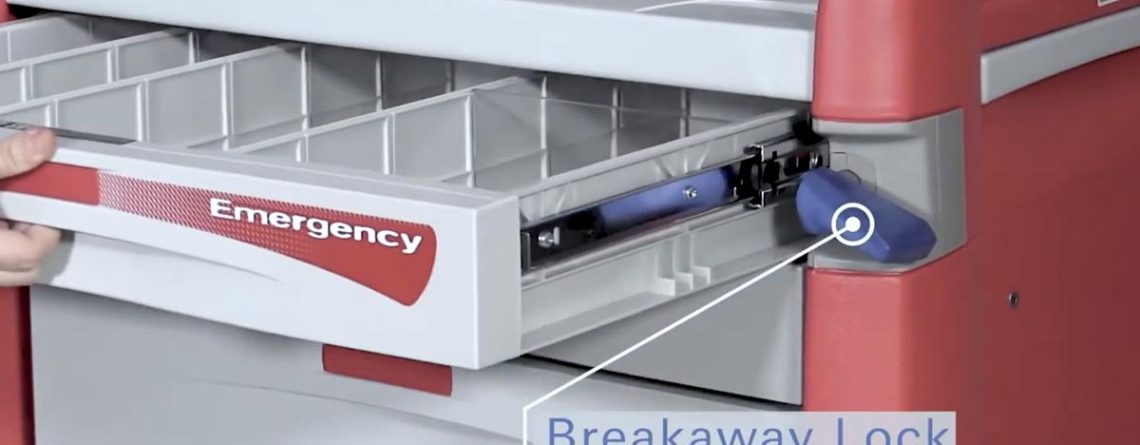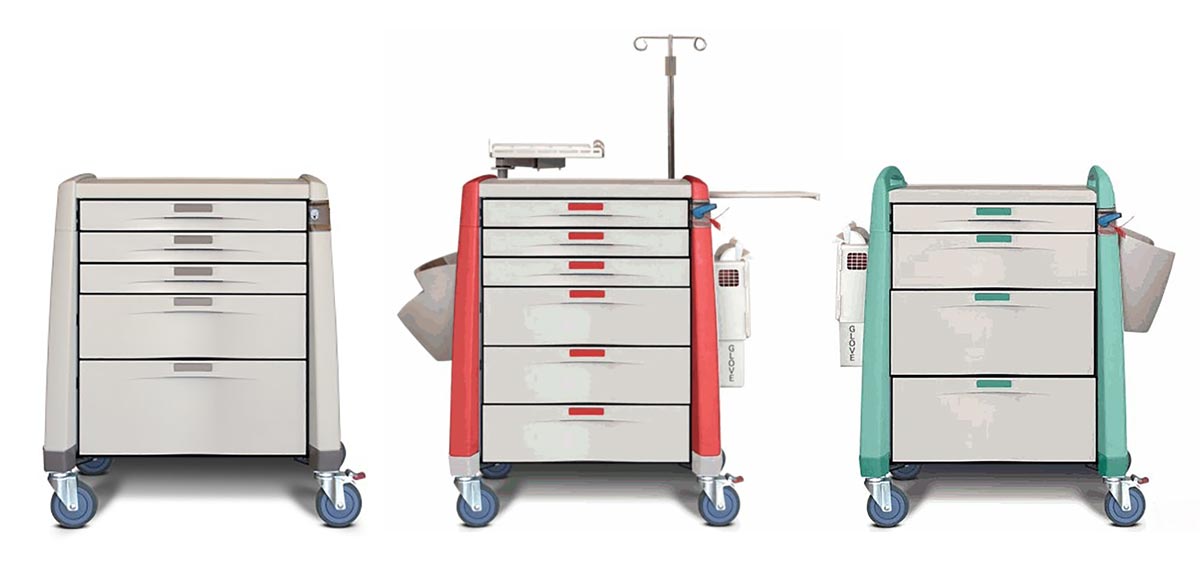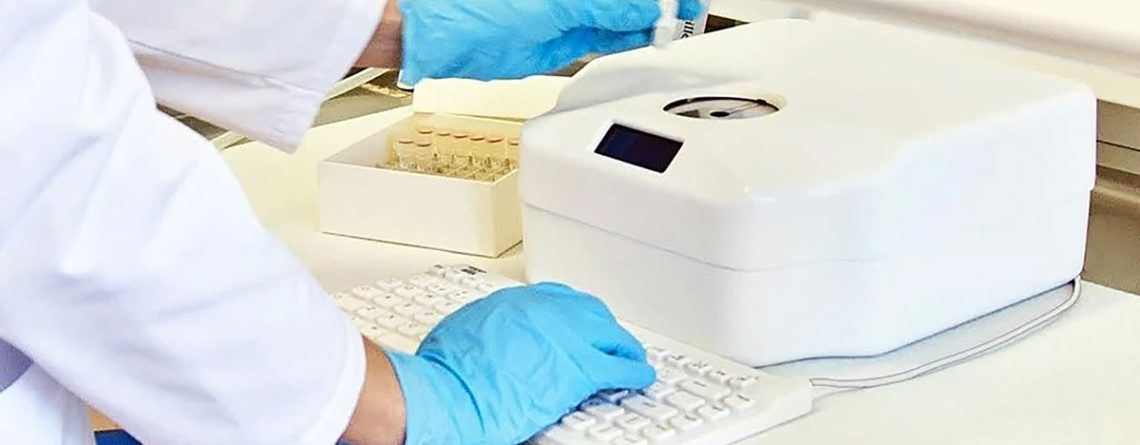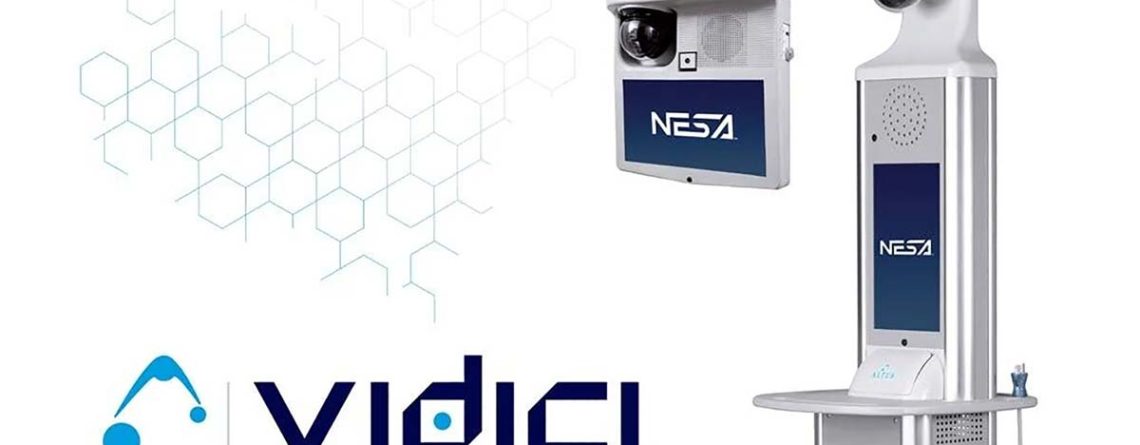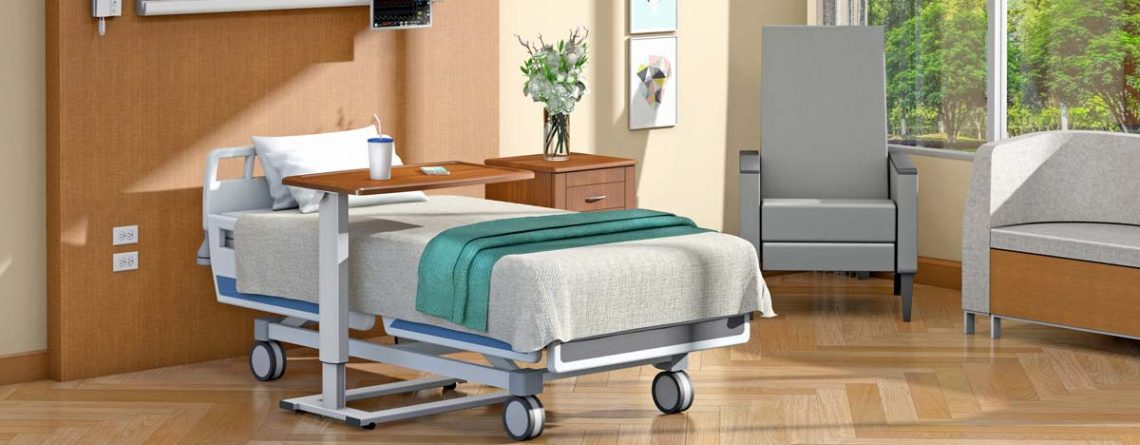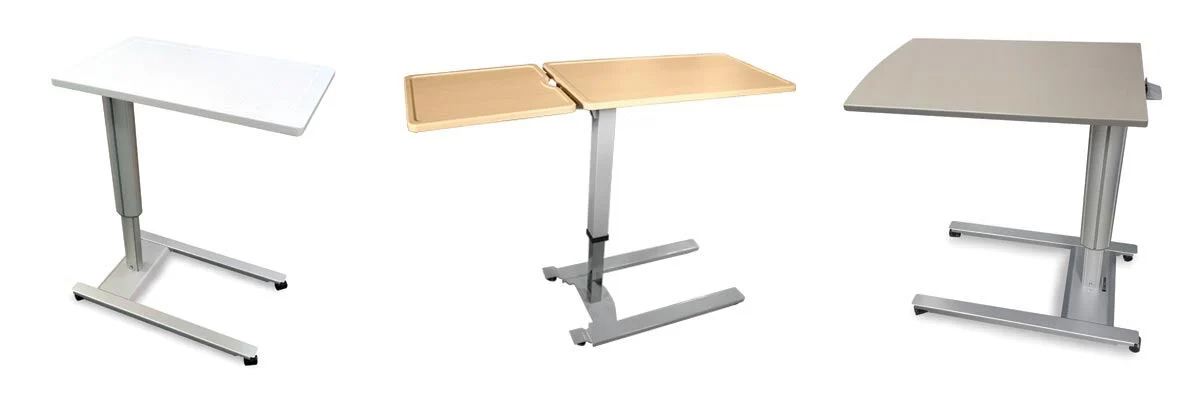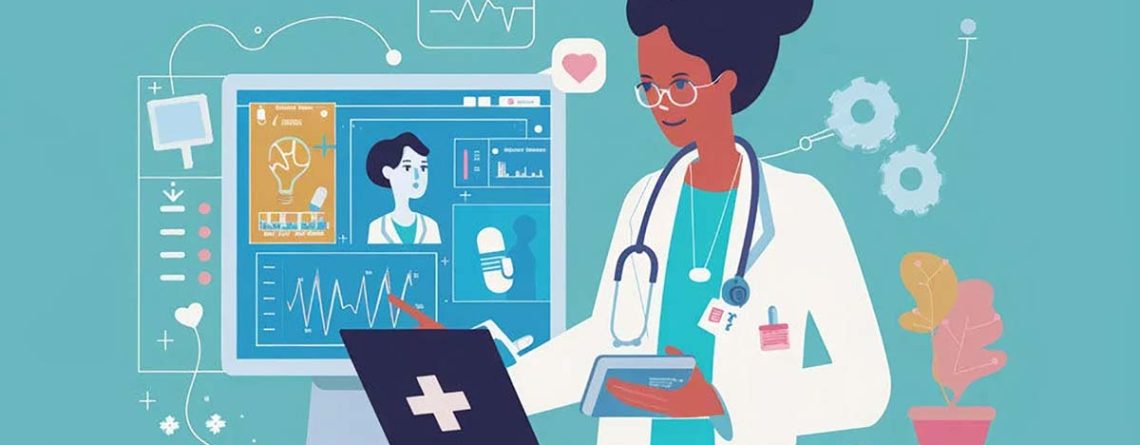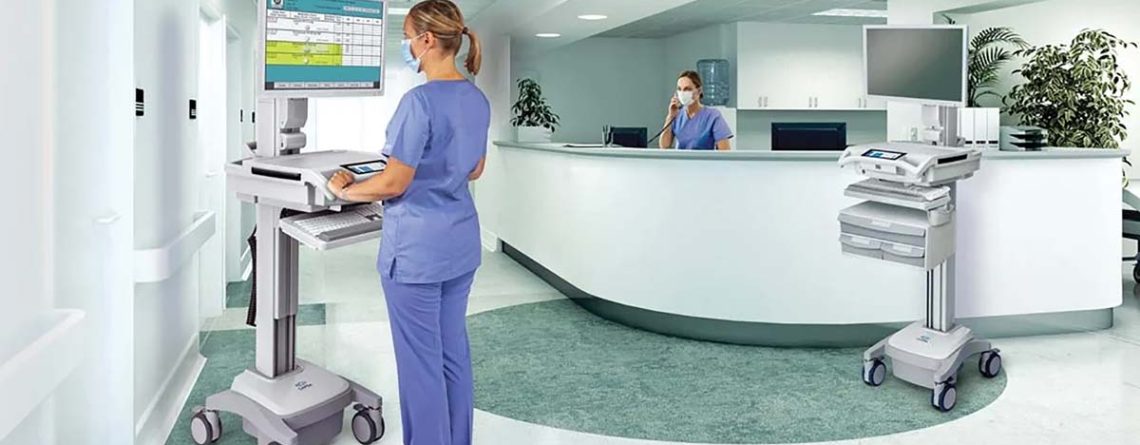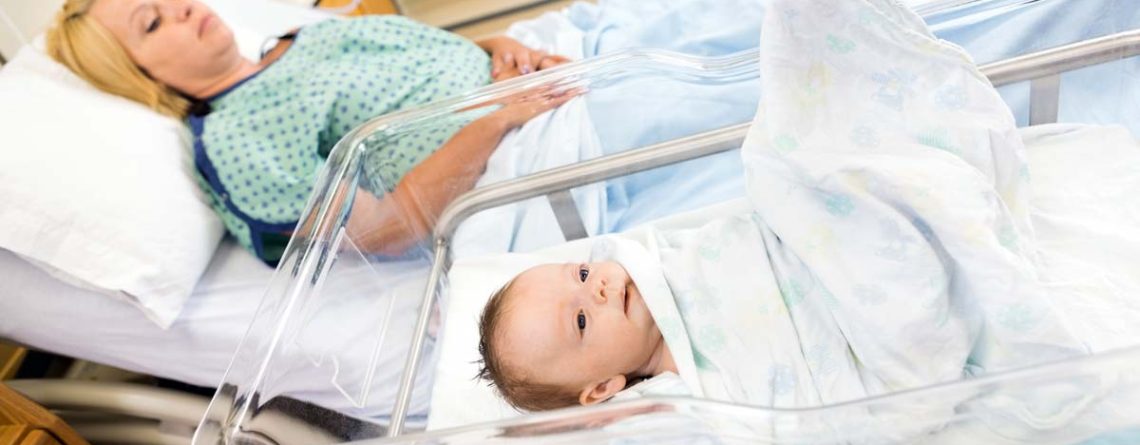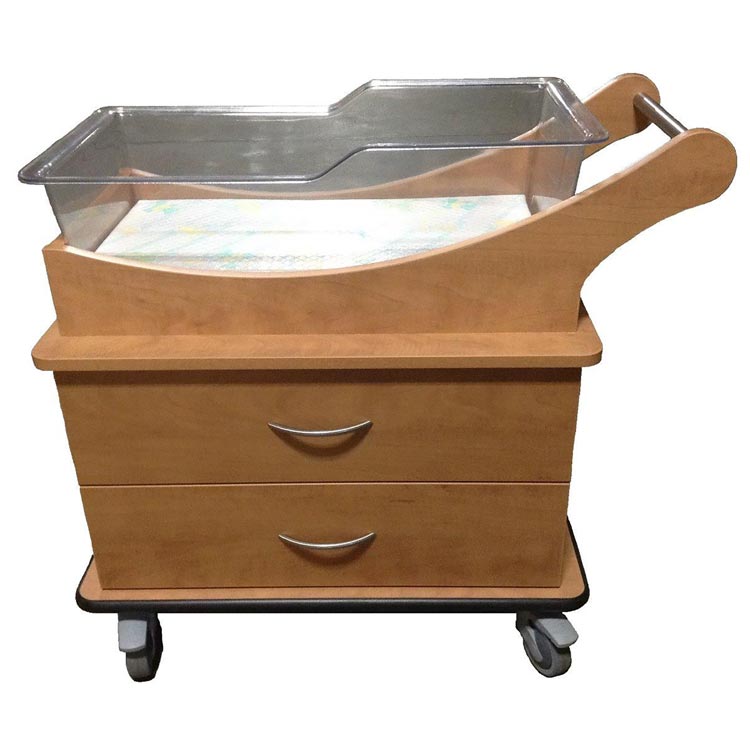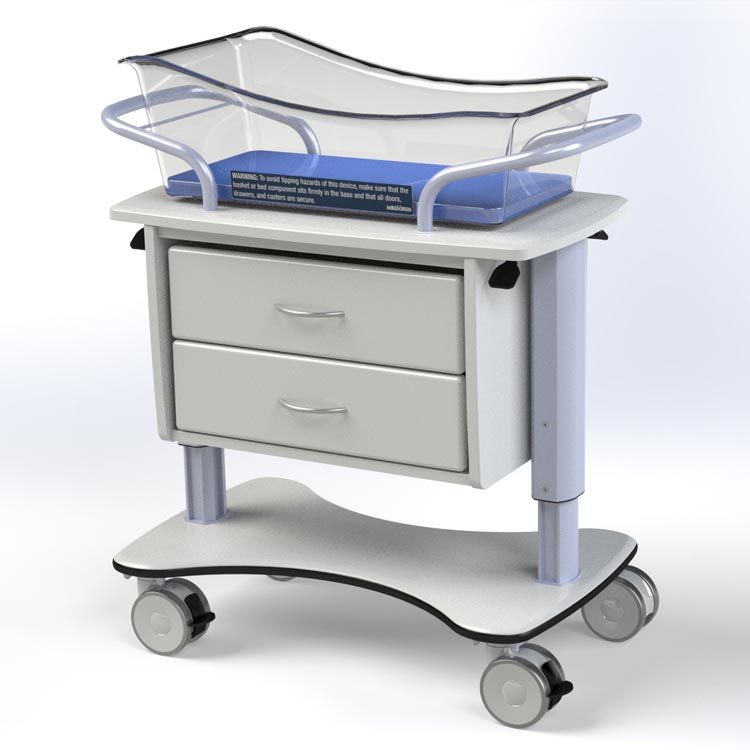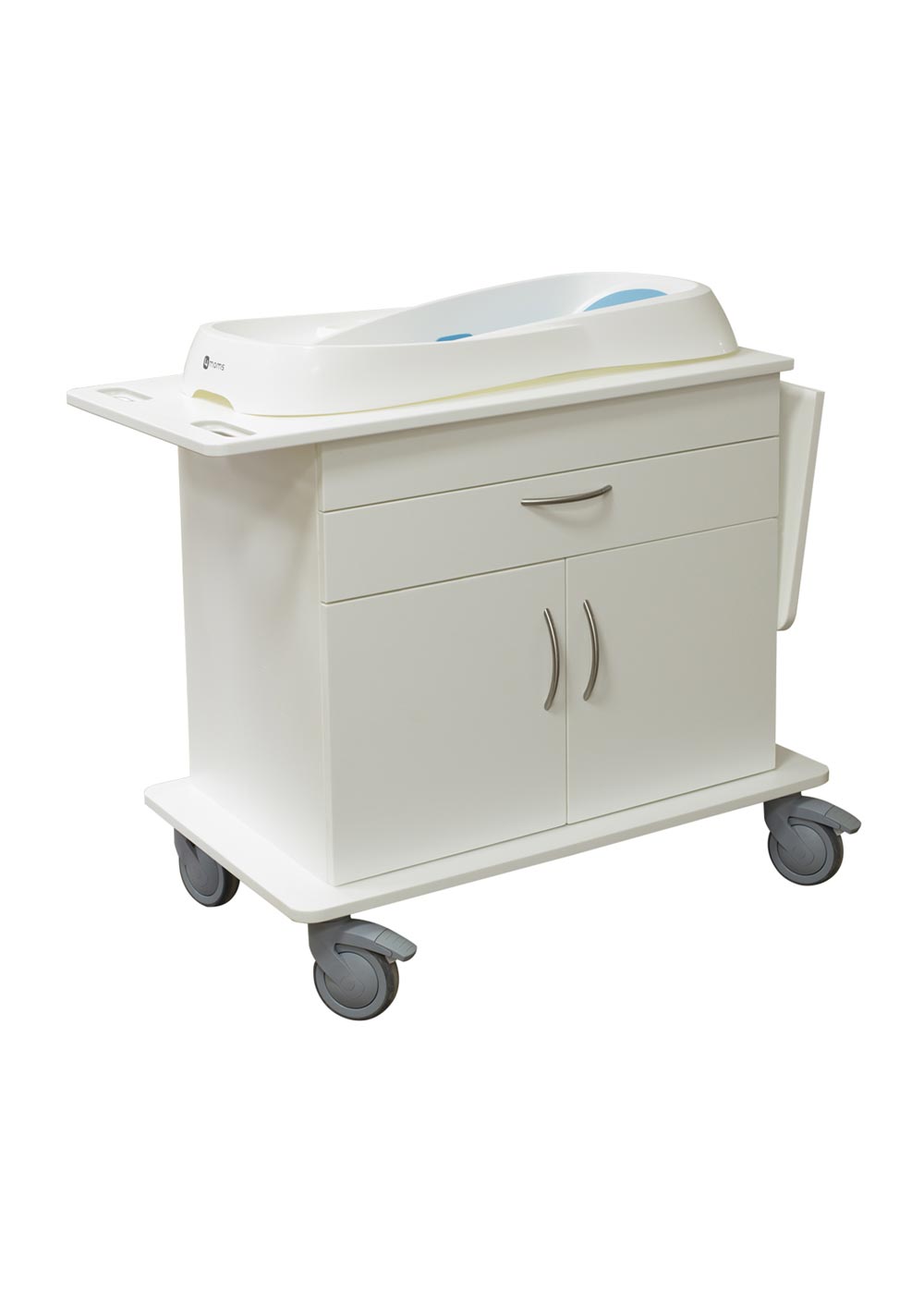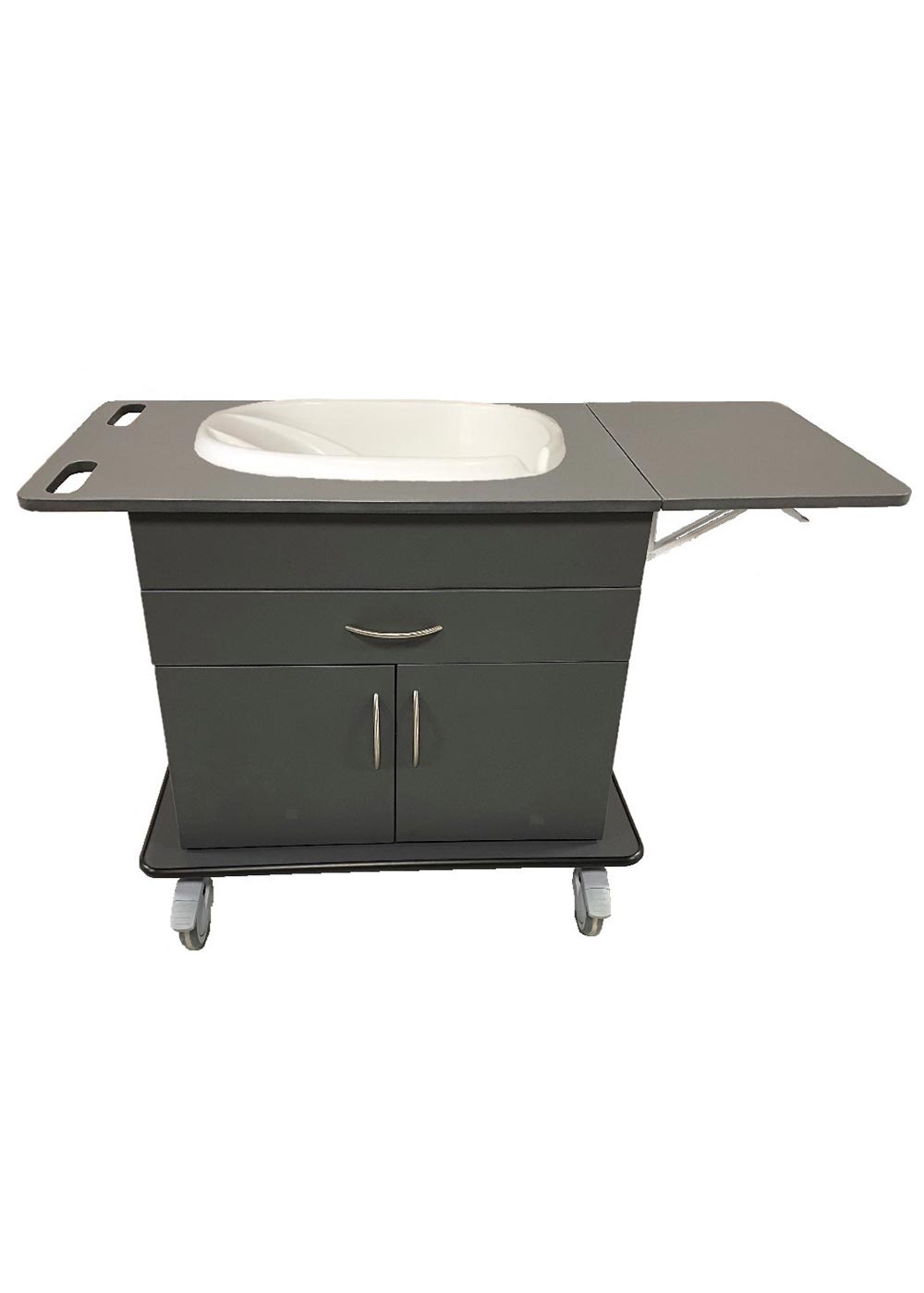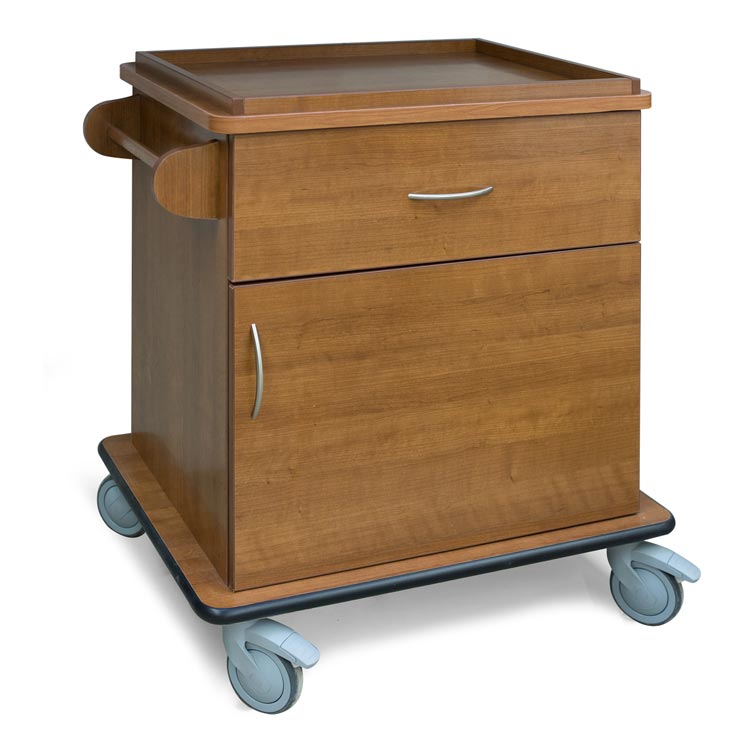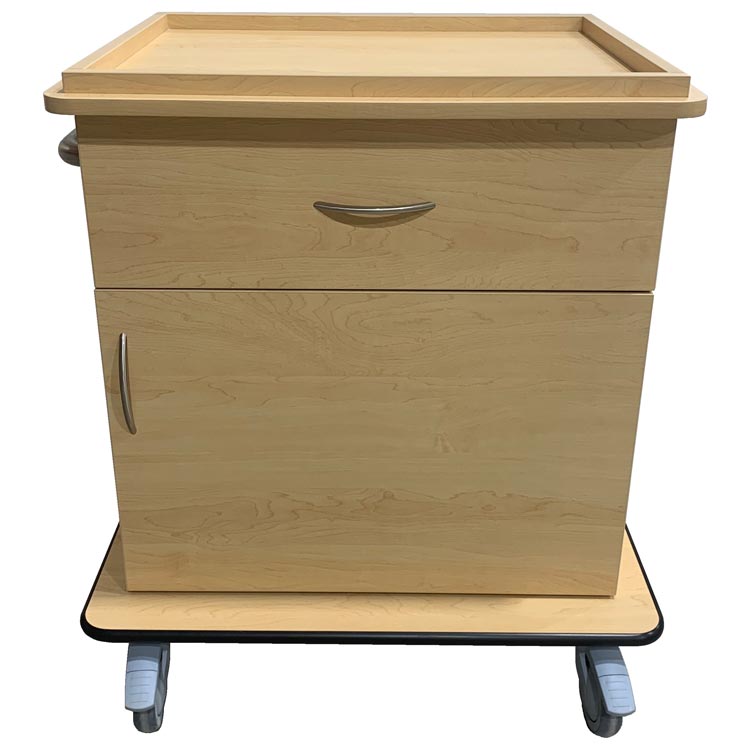The Impact of Clinical Information Systems on Healthcare Delivery
The integration of clinical information systems has a profound impact on healthcare delivery. One of the key benefits is the improvement in communication and collaboration among healthcare professionals. With clinical information systems, healthcare providers can easily share patient information, test results, and treatment plans across different departments and care settings. This eliminates the need for manual transfer of information and reduces the risk of miscommunication or delays in care.
Furthermore, clinical information systems enable more efficient and streamlined workflow processes. With electronic health records and computerized physician order entry systems, healthcare providers can access and update patient information in real-time. This eliminates the need for paper-based records and reduces the risk of errors or lost data. It also allows for faster and more accurate diagnosis and treatment, improving patient outcomes.
Clinical information systems also have a positive impact on patient safety. By digitizing and centralizing patient data, healthcare providers can easily access critical information such as allergies, medications, and test results. This reduces the risk of medication errors, adverse drug reactions, and other preventable incidents. Decision support tools further enhance patient safety by providing evidence-based recommendations and alerts to healthcare providers.
Another significant impact of clinical information systems is the potential for cost savings. By reducing the reliance on paper-based records and streamlining workflow processes, these systems improve efficiency and productivity. This can lead to significant cost savings for healthcare facilities, as well as reduced administrative burden for healthcare providers. Additionally, clinical information systems can help identify inefficiencies and areas for improvement in healthcare delivery, enabling organizations to optimize resource allocation and reduce waste.
The integration of clinical information systems has a transformative impact on healthcare delivery. By improving communication, streamlining workflows, enhancing patient safety, and driving cost savings, these systems have the potential to revolutionize the way healthcare is delivered.
Training and Education Opportunities for Healthcare Professionals
As the healthcare industry embraces clinical information systems, it is crucial for healthcare professionals to receive the necessary training and education to effectively utilize these systems. The adoption of clinical information systems requires a shift in mindset and the development of new skills to fully leverage the potential benefits they offer.
One of the key aspects of training in clinical information systems is the understanding and utilization of electronic health records (EHRs). EHRs are digital versions of a patient's paper charts that contain their medical history, diagnoses, medications, and other important health information. Healthcare professionals need to be trained on how to navigate and input data into EHRs accurately. This includes documenting patient encounters, entering medication orders, and accessing test results. Training programs should focus on teaching healthcare professionals how to effectively use EHRs to enhance patient care, improve communication, and reduce medical errors.
Another important area of training is the use of computerized physician order entry (CPOE) systems. CPOE systems allow healthcare professionals to enter and manage patient orders electronically, replacing the traditional method of handwritten orders. This eliminates the risk of misinterpretation and transcription errors, resulting in improved patient safety. Training programs should emphasize the importance of proper utilization of CPOE systems, including order entry, order verification, and order management.
Furthermore, healthcare professionals should be trained on decision support tools integrated into clinical information systems. These tools use algorithms and data analysis to provide evidence-based recommendations for diagnosis, treatment, and patient management. Training programs should educate healthcare professionals on how to interpret and apply these recommendations to make informed decisions that align with best practices and guidelines.
In addition to technical training, healthcare professionals should also receive education on the ethical and legal aspects of clinical information systems. This includes understanding patient privacy and confidentiality, data security, and compliance with regulatory requirements. Healthcare professionals should be aware of the potential risks and challenges associated with clinical information systems and be equipped with the knowledge to mitigate them effectively.
Overall, training and education opportunities for healthcare professionals in clinical information systems are essential to ensure successful implementation and utilization of these systems. By investing in comprehensive training programs, healthcare organizations can empower their workforce to embrace technology and leverage clinical information systems to their full potential.
Convergint-IMS offers ergonomically crafted cart solutions, mobile workstations, specialized medical and supply carts, along with furniture designed with continuous clinical input to accommodate the dynamic nature of healthcare environments.
